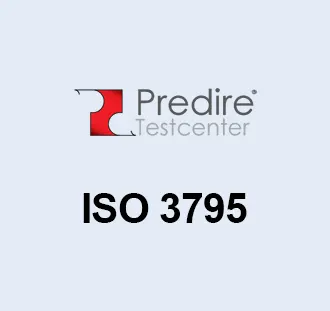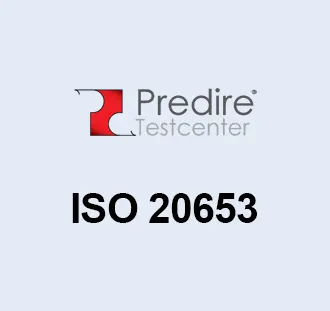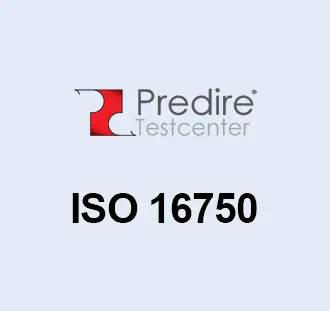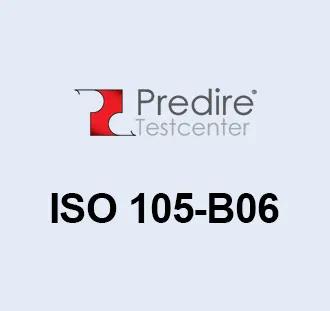IEC 60068-2-30: Environmental Testing – Part 2-30: Tests – Test Db: Damp Heat, Cyclic (12 h + 12 h cycle)
Overview and Purpose
IEC 60068-2-30 is part of the comprehensive IEC 60068 series on environmental testing, specifically addressing cyclic damp heat testing. This standard is designed to test the ability of electronic components and equipment to withstand conditions of high humidity and varying temperatures that cycle over time. The cyclic nature of this test aims to simulate the natural fluctuations in climate that a product might experience, including the effects of dew and condensation that occur with changes in temperature.
How the Test is Conducted
- Preparation: The specimen is prepared according to specific guidelines to ensure it is in a suitable state for testing. This may involve preconditioning or setting the specimen to a particular operational mode.
- Cyclic Exposure: The test involves exposing the specimen to a cycle of high humidity and temperature for 12 hours, followed by a period of lower humidity and temperature for the next 12 hours. This 24-hour cycle is repeated for the number of times specified by the test parameters.
- Humidity and Temperature Control: The test chamber is carefully controlled to maintain the specified levels of humidity (up to 95% relative humidity) and temperature (usually between 25°C and 55°C) during the high phase of the cycle, with appropriate adjustments for the low phase.
- Monitoring and Evaluation: Throughout the testing process, the conditions within the test chamber are monitored to ensure compliance with the test specifications. After completing the cycles, the specimen is evaluated for any signs of moisture-related damage or degradation in performance, including corrosion, insulation breakdown, or mechanical failures.
Purpose of the Standard
- Moisture Resistance: Evaluates the specimen’s resistance to moisture and its ability to operate reliably in environments with high humidity and temperature fluctuations.
- Durability Assessment: Helps in assessing the durability of components and equipment in cyclic damp heat conditions, which can accelerate aging and reveal potential failures.
- Design Improvement: Provides valuable feedback for improving product designs to enhance resistance to moisture and temperature changes.
- Quality Assurance: Forms an essential part of quality assurance processes, ensuring that products meet international standards for operation in varying environmental conditions.
Head Office
Privacy policy and cookies
Click here to present our privacy policy and explains how we use cookies on this website












